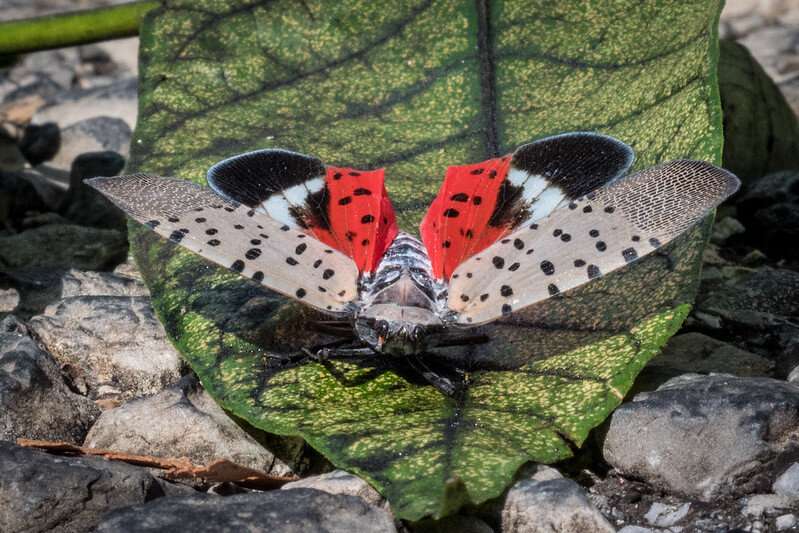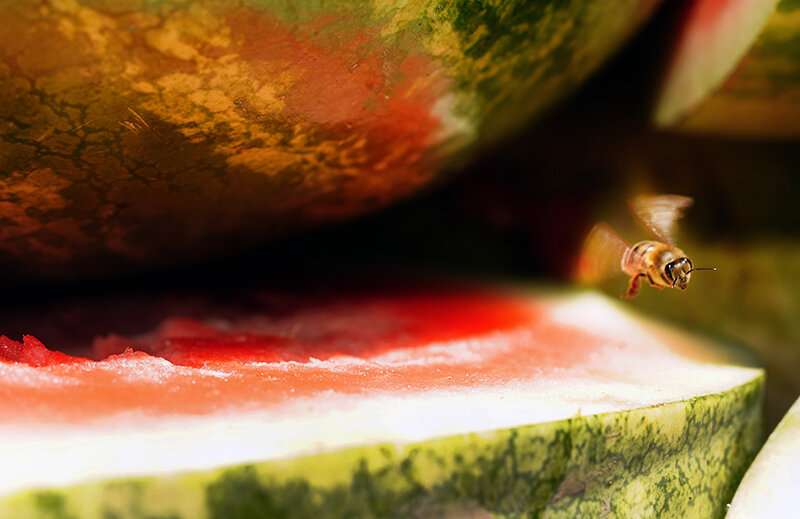As researchers investigate reasons for America's persistent gender wage gap, one possible explanation that has emerged in roughly the last decade is that women may be less competitive than men, and are therefore passed over for higher-ranking roles with larger salaries.
But a new study suggests that it's likely not that simple. Researchers found that women enter competitions at the same rate as men – when they have the option to share their winnings with the losers.
The study, conducted by Mary L. Rigdon, associate director of the UArizona Center for the Philosophy of Freedom, and Alessandra Cassar, professor of economics at the University of San Francisco, is published in the journal Proceedings of the National Academy of Sciences.
Rigdon's research involves studying how market structure, information and incentives impact behavior. Her work over the last 20 years has explored questions about trust, reciprocity, competition, altruism, cheating and more, with a particular focus on gender differences, especially the gender wage gap.
"If we're finally going to close the gender pay gap, then we have to understand the sources of it – and also solutions and remedies for it," said Rigdon, who is also a faculty affiliate in the Department of Political Economy and Moral Science in the College of Social and Behavioral Sciences.
In 2021, women will earn 82 cents for every dollar earned by men, Rigdon said, meaning women work nearly three months extra to receive the same amount of pay. This statistic does not account for certain characteristics, such as an employee's age, experience or level of education.
But even when considering those characteristics, women are still paid about 98 cents for every dollar earned by men, Rigdon said. In other words, a woman is paid 2% less than a man with the same qualifications.
Economists have considered a few possible explanations for this, Rigdon said. One theory, known as the "human capital explanation," suggests that there are gender differences in certain skills, leading women to careers that pay less. Another theory – perhaps the most widely considered – is patent discrimination.
Rigdon and Cassar zeroed in on the relatively new theory that women are less competitive and less willing to take risks than men.
But if women were more reluctant to compete, then they would occupy fewer high-ranking positions at the tops of major companies, and that's not the trend that's taken shape over the last several years, Rigdon said. Women make up about 8% of the CEOs leading Fortune 500 companies. While that number is low overall, it's a record high.
"We thought it must be the case that women are as competitive as men, but they just exhibit it differently, so we wanted to try to get at that story and demonstrate that that is the case," Rigdon said. "Because that's then a very different story about the gender wage gap."
Rigdon and Cassar randomly assigned 238 participants – split nearly evenly by gender – to two different groups for the study. Participants in each of those two groups were then randomly assigned to four-person subgroups.
For all participants, the first round of the study was the same: Each was asked to look at tables of 12 three-digit numbers with two decimal places and find the two numbers that add to 10. Participants were asked to solve as many tables as possible – up to 20 – in two minutes. Each participant was paid $2 for every table they solved in the first round.
In round two, participants were asked to do the same task, but the two groups were incentivized differently. In the first group, the two participants in each four-person team who solved the most tables earned $4 per table solved, while their other two team members were given nothing. In the other group, the top two performers of each four-person team also earned $4 per table, but they had the right to decide how much of the prize money to share with one of the lower performing participants.
In the third round, all participants were allowed to choose which payment scheme they preferred from the two previous rounds. For half the study participants, this meant a choice between a guaranteed $2 per correct table, or potentially $4 per correct table if they became one of the top-two performers in their four-person subgroup. For the other half of the participants, the choice was $2 per correct table, or $4 per correct table for the top-two performers with the option to share the winnings with one of the losing participants.
The number of women who chose the competitive option nearly doubled when given the option to share their winnings; about 60% chose to compete under that option, while only about 35% chose to compete in the winner-take-all version of the tournament.
About 51% of men in the study chose the winner-take-all option, and 52.5% chose the format that allowed for sharing with the losers.
Rigdon said she and Cassar have a few theories about why women are more inclined to compete when they can share the winnings. One suggests female participants are simply interested in controlling the way the winnings are divvied up among the other participants.
Another theory that has emerged among evolutionary psychologists, Rigdon said, suggests that female participants may be inclined to smooth over bad feelings with losers of the competition.
"We really have to ask what it is about this social incentive that drives women to compete. We think it's recognizing the different costs and benefits that come from your different biological and cultural constraints," she said. "But at the end of the day, I think we still have this question."
Rigdon and Cassar are now developing an experiment that gets to the heart of that question, Rigdon said.
The researchers are careful to not propose policies for corporate America based on a line of research that still has many questions. But, Rigdon said, the latest finding suggests that corporations might do well to engage in more socially responsible activity.
"Maybe you'll attract a different set of applicants to your CEO positions or your board of director positions," she said. "Women might be more attracted to positions where there is this social component that isn't there in more traditional, incentive-based firms where it's all about CEO bonuses."
The research was funded by a grant from the National Science Foundation.
JOURNAL
Proceedings of the National Academy of Sciences
METHOD OF RESEARCH
Experimental study
SUBJECT OF RESEARCH
People
ARTICLE TITLE
Prosocial option increases women's entry into competition
ARTICLE PUBLICATION DATE
1-Nov-2021
COLUMBUS, Ohio – Women are less likely than men to ask for more time to complete projects with adjustable deadlines at work or school, new research finds.
Compared to men, women were more concerned that they would be burdening others by asking for an extension, and that they would be seen as incompetent, the study showed.
Prior research has shown that women feel more time stress than men do, and feeling uncomfortable about asking for more time to complete projects may be one important reason why, said Grant Donnelly, co-author of the study and assistant professor of marketing at The Ohio State University’s Fisher College of Business.
“Women understandably feel like they have too many things to do and not enough time to do them. We found that not asking for more time to complete tasks undermines women’s well-being and also their performance,” Donnelly said.
“But we also found a possible solution: Women were as likely to ask for deadline extensions as men when organizations had formal policies on making deadline extension requests.”
Donnelly conducted the research with Ashley Whillans, Jaewon Yoon and Aurora Turek of the Harvard Business School. It was published today (Nov. 1, 2021) in the journal Proceedings of the National Academy of Sciences.
The research involved nine studies with more than 5,000 participants, including online panels of working adults and undergraduate students.
Donnelly said that for him, one of the most compelling of the nine studies was one conducted in his own class.
He assigned a discussion paper that was worth 20% of the grade to 103 students in an undergraduate business course. All students were given one week to submit the paper, but were told they could email Donnelly to request an extension without penalty.
Male students were more than twice as likely as female students to request an extension for the assignment (15% of female vs. 36% of male students).
Not asking for an extension could hurt students, the findings showed. A teaching assistant who rated the papers gave better scores to those who had asked for an extension. (The assistant did not know who wrote the papers and whether they asked for extensions, or the purpose of the study.)
“What we found is that when students requested an extension, they made good use of that time and performed better on the task,” he said. “Women may hurt themselves by not requesting additional time.”
Several other of the nine studies by the researchers involving working adults showed that women’s focus on other people and their needs played a big role in why they were uncomfortable asking for deadline extensions.
In these studies, participants imagined they were assigned to submit a proposal for an upcoming event that was due the next day, but needed more time. In the scenario, they could ask for an extension from their supervisor.
Participants were asked a variety of questions about how asking for an extension might affect themselves and their team, and how it might affect how they were viewed by others.
Results showed that women believed they would be seen as less competent if they asked for an extension. But that wasn’t the main reason that women were reluctant to request more time.
“It was their concern about burdening their team and manager with more work that most strongly predicted women’s discomfort with asking for more time on adjustable deadlines,” Donnelly said.
“Perceived burden and emotions like shame, embarrassment and guilt explained why women experienced more discomfort with asking for extensions than men did.”
And these feelings have real-life implications. Consistent with prior research, women in this study reported feeling more time-pressed and experienced more burnout than men.
But the good news from the findings is that organizations can level the playing field – resulting in women and men asking for more time on projects at nearly the same rate – by creating a formal way to request deadline extensions.
In one study, the researchers analyzed data from an online university that had a formal policy for extension requests – all students were entitled to four 24-hour extensions per semester, which could be requested using an online form.
In this case, women were as likely to submit at least one request during the semester studied as were men (24% of women vs. 25% of men). That finding was replicated in another of the nine studies.
Donnelly said he believes companies and other organizations should create formal avenues for requesting deadline extensions.
“It’s a structural issue. When organizations have formal policies about deadlines, it creates the opportunity for men and women to have equal experiences for requesting additional time,” he said.
“And we found evidence that allowing deadline extensions, when possible, can result in better work. That’s helpful for employers and employees.”
JOURNAL
Proceedings of the National Academy of Sciences
METHOD OF RESEARCH
Experimental study
SUBJECT OF RESEARCH
People
ARTICLE TITLE
Extension request avoidance predicts greater time stress among women
ARTICLE PUBLICATION DATE
1-Nov-2021



